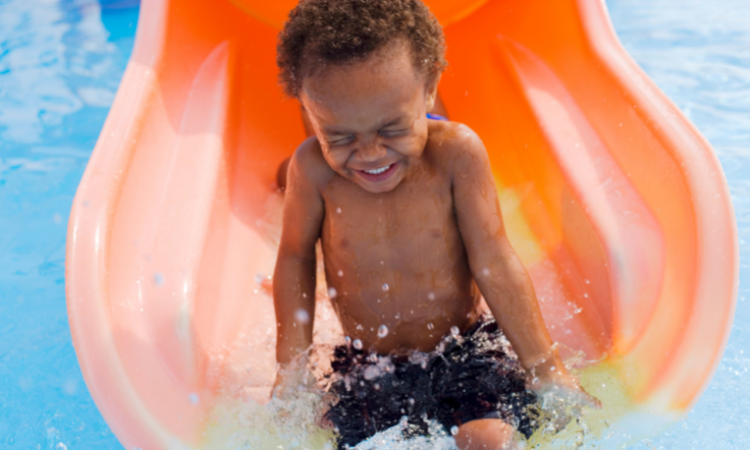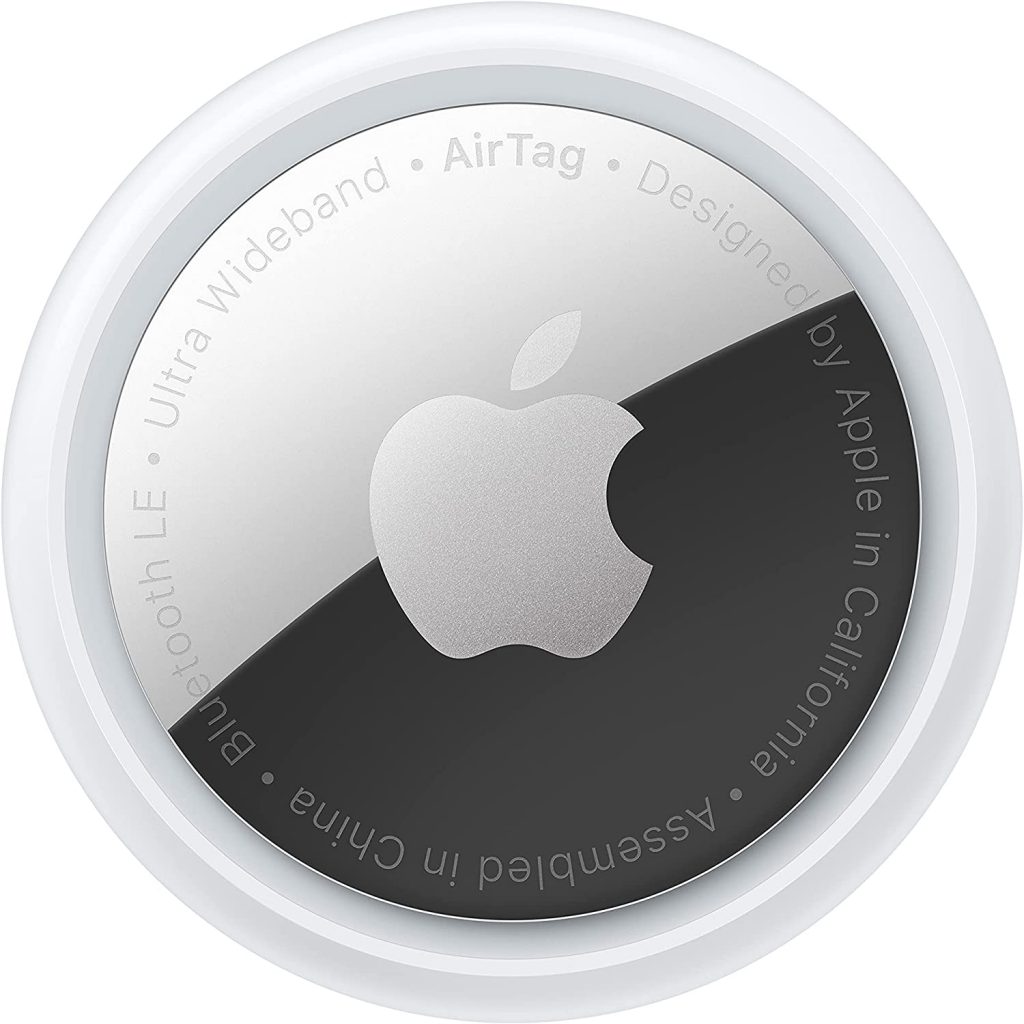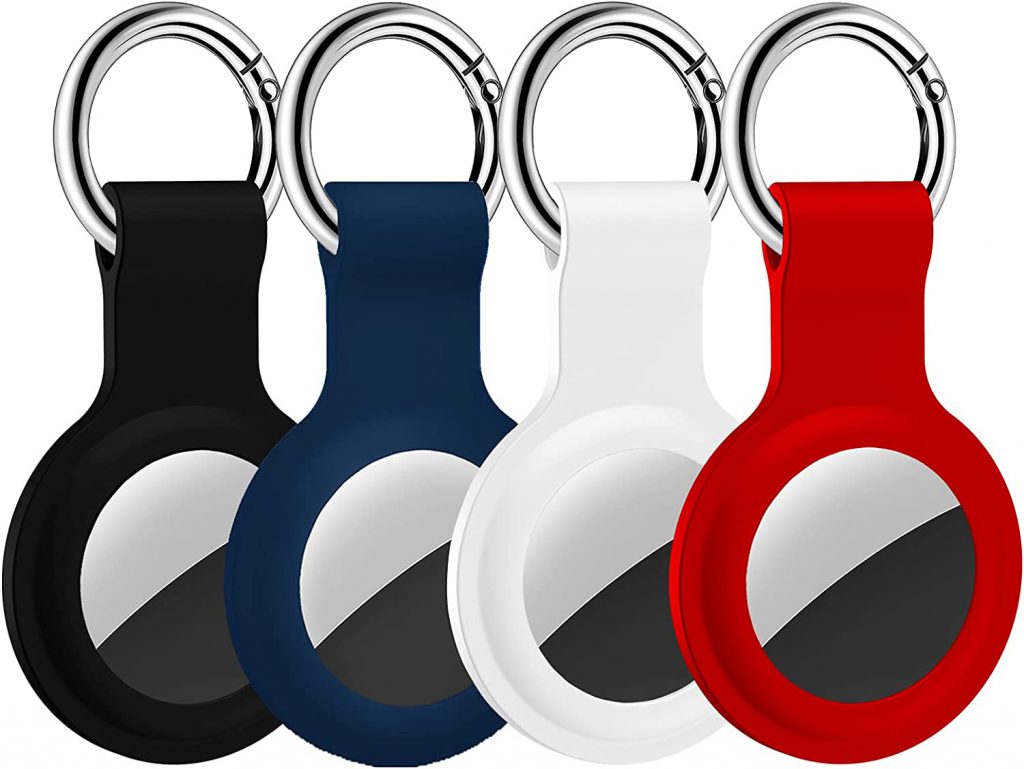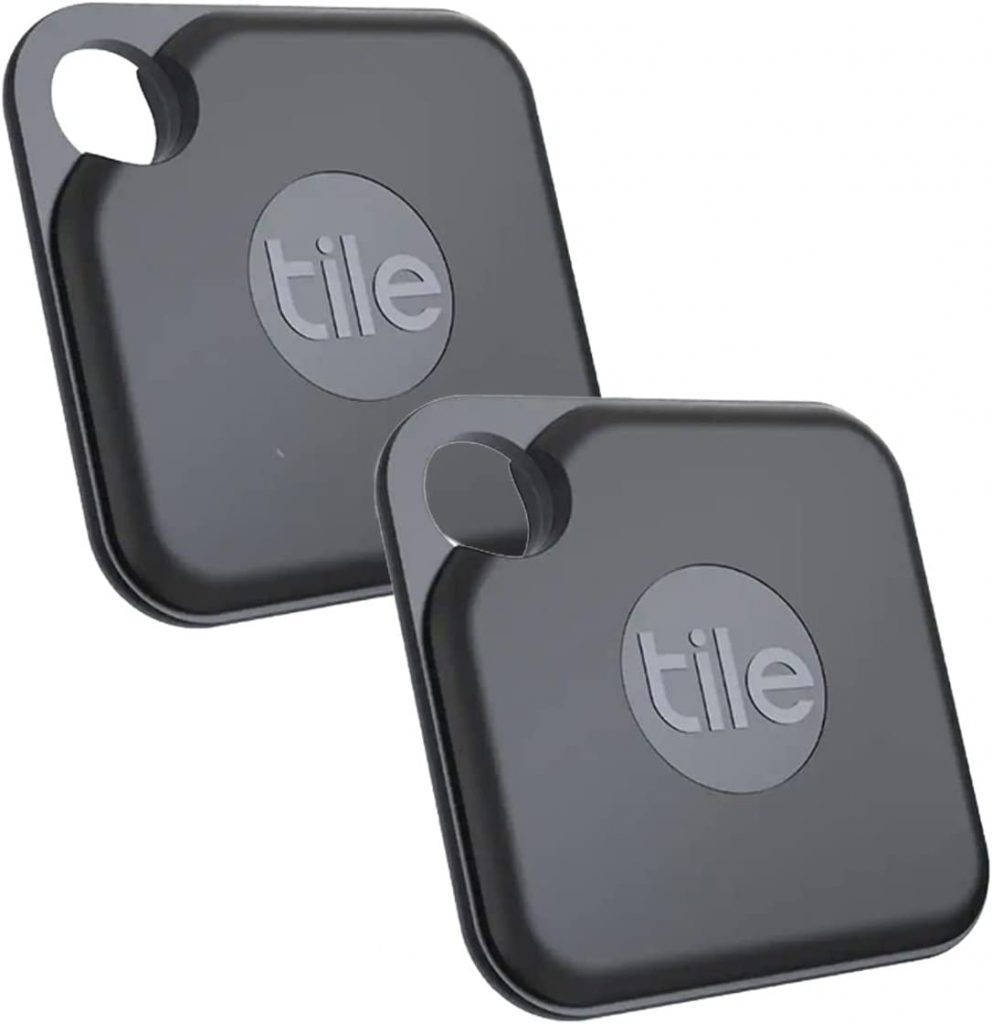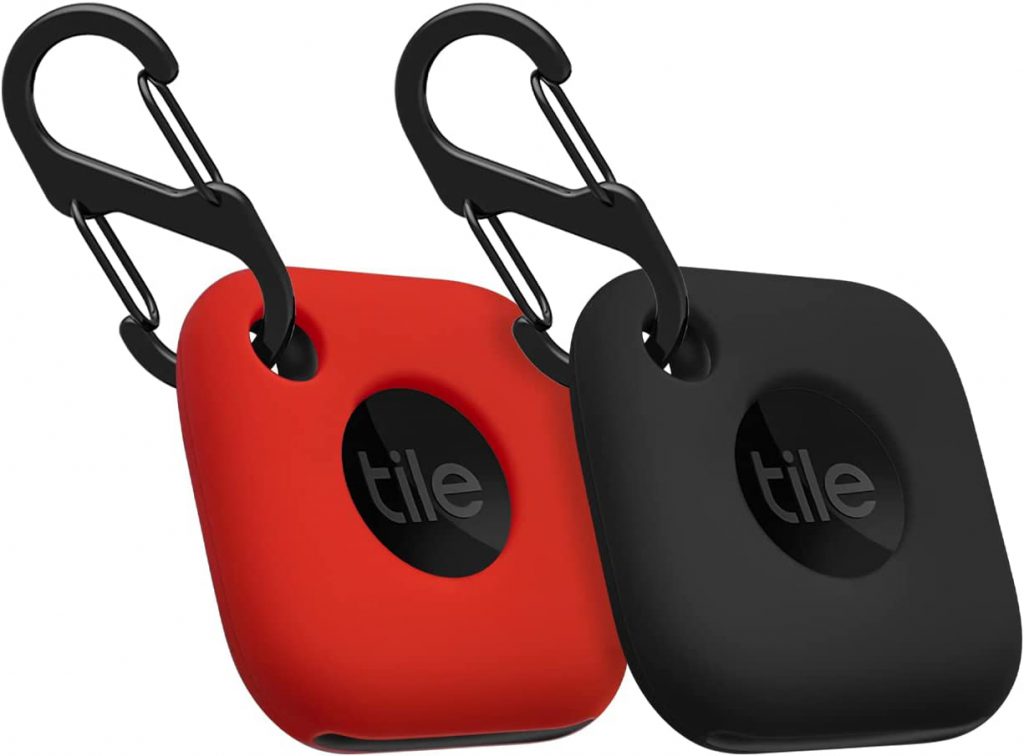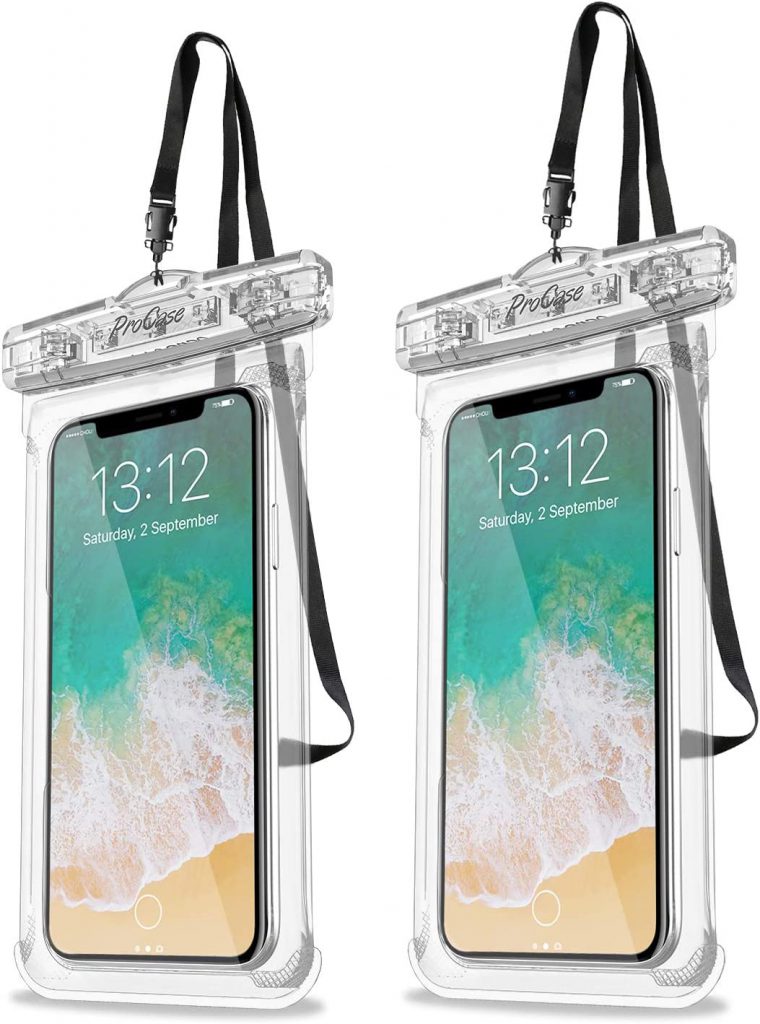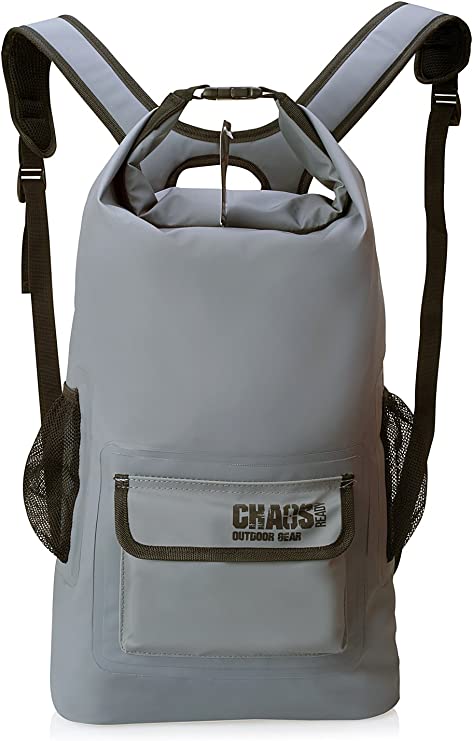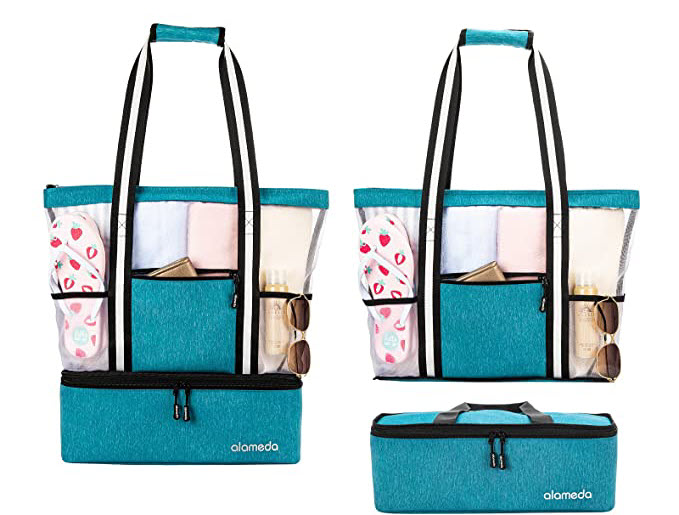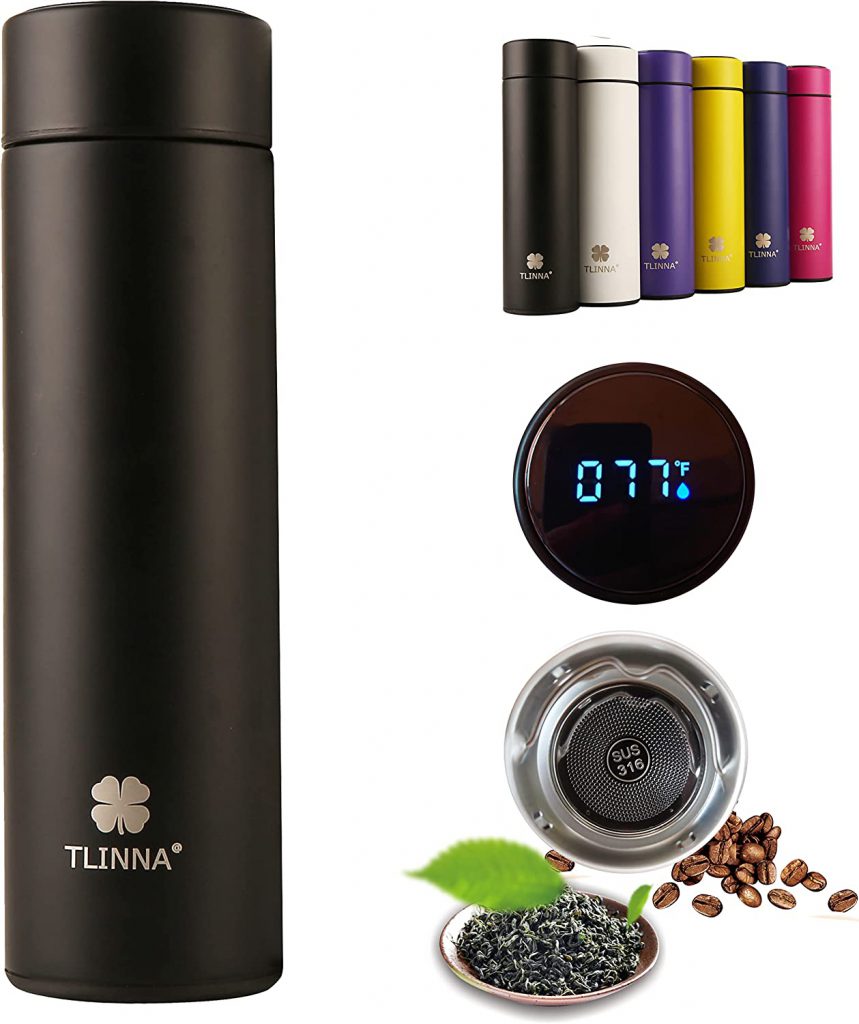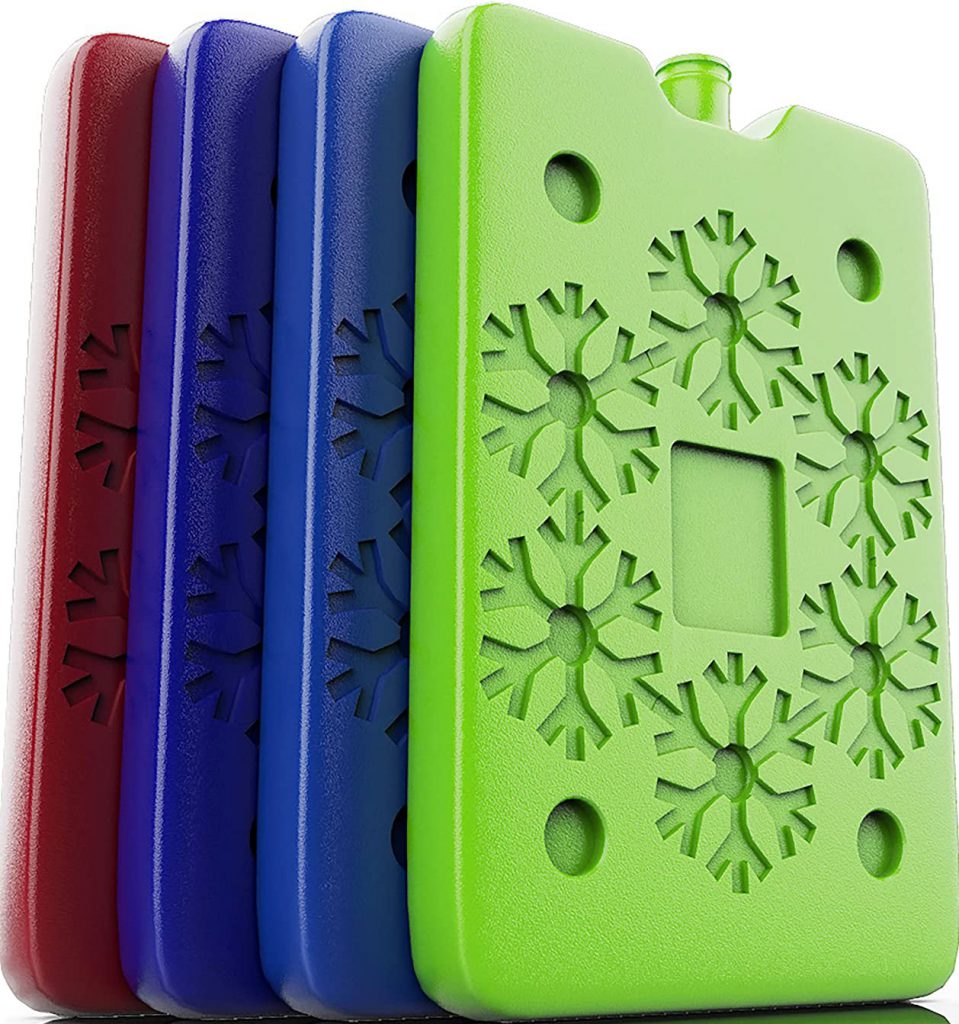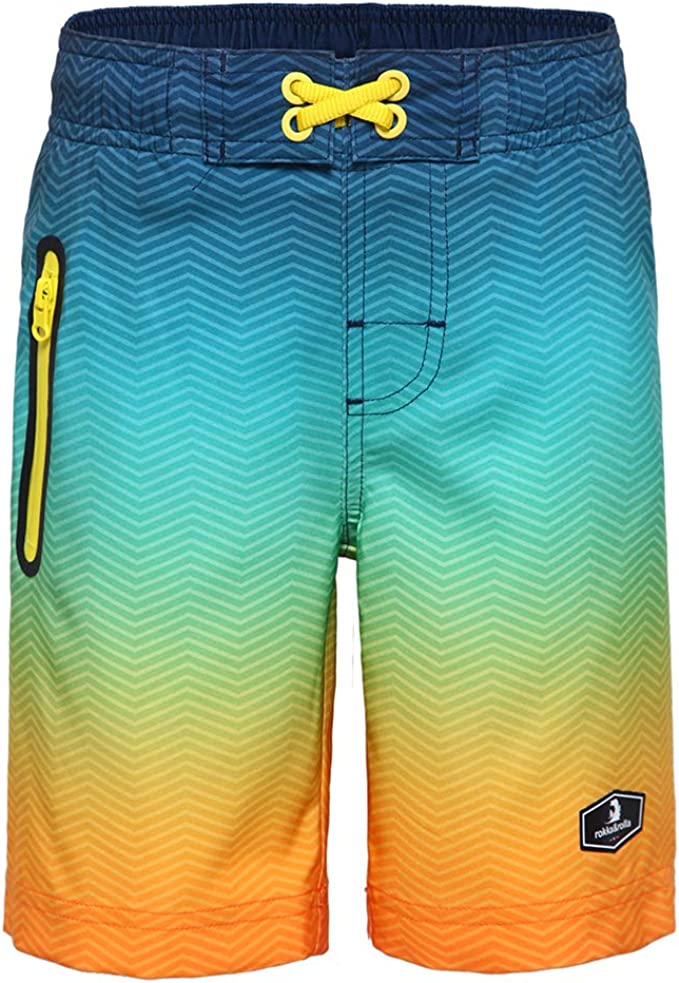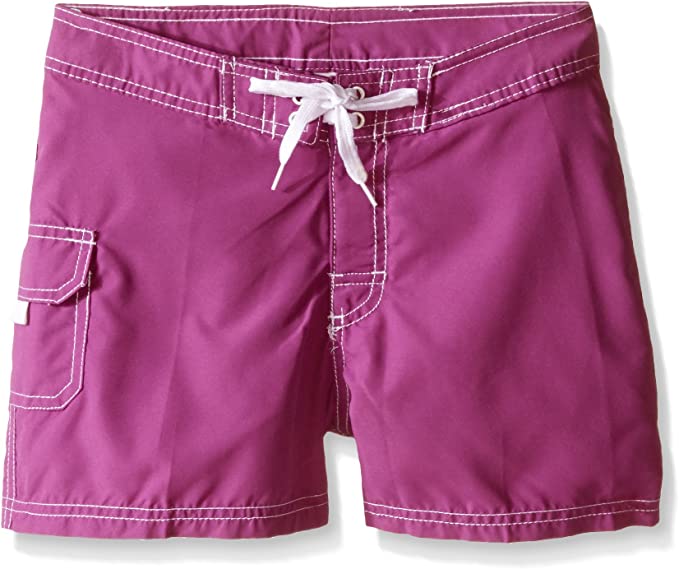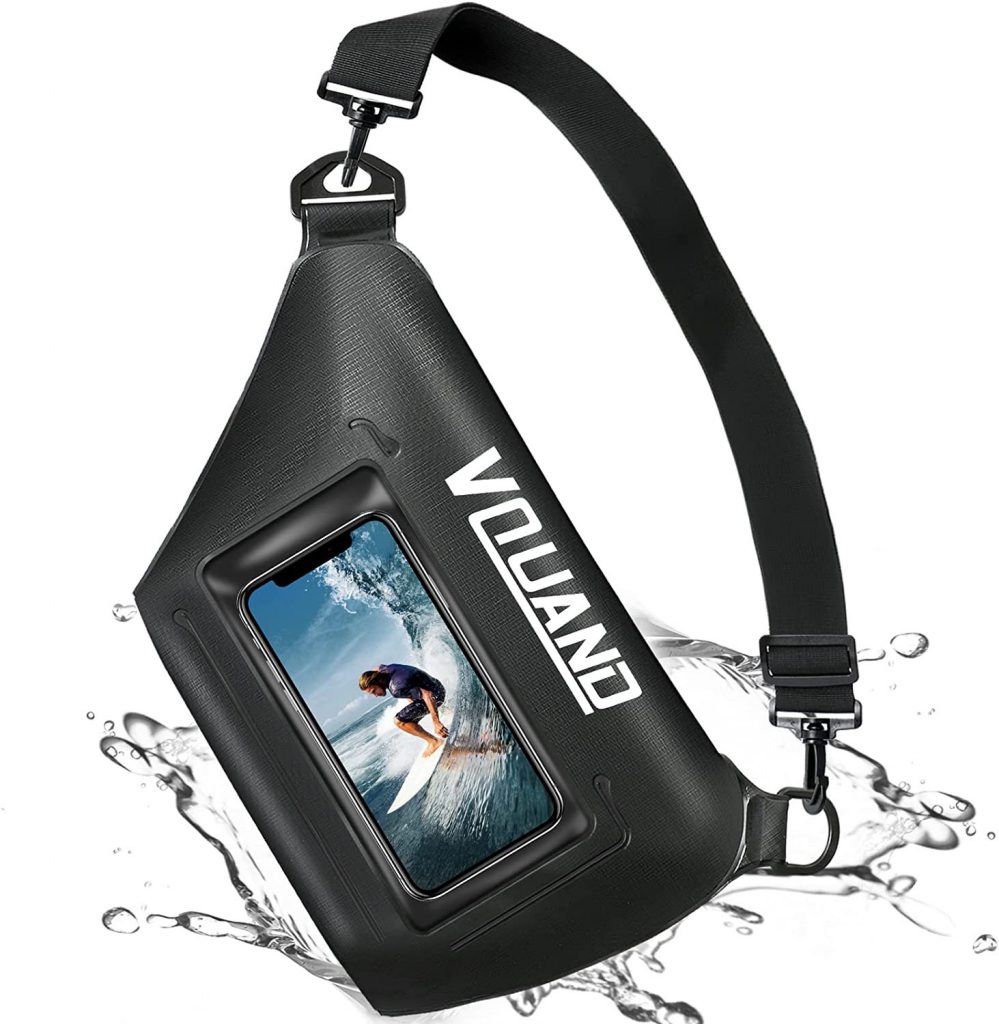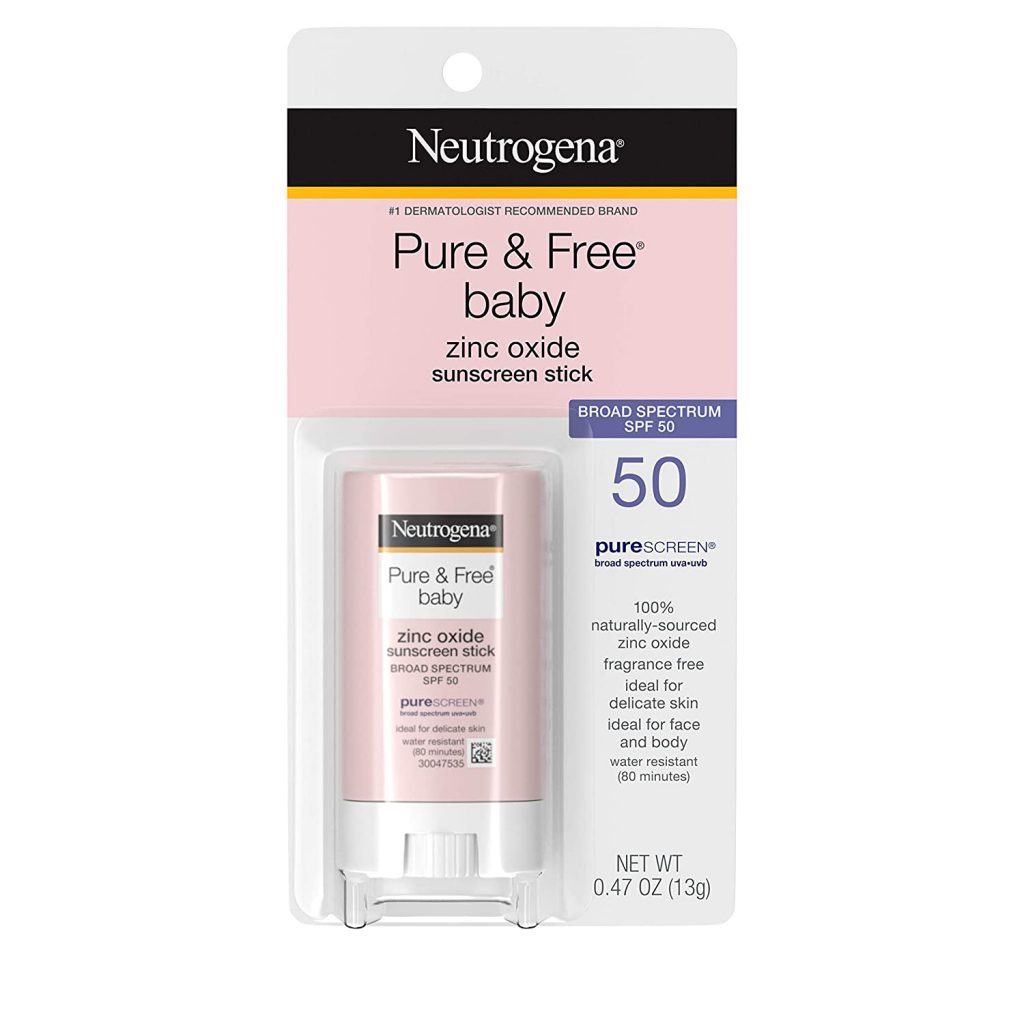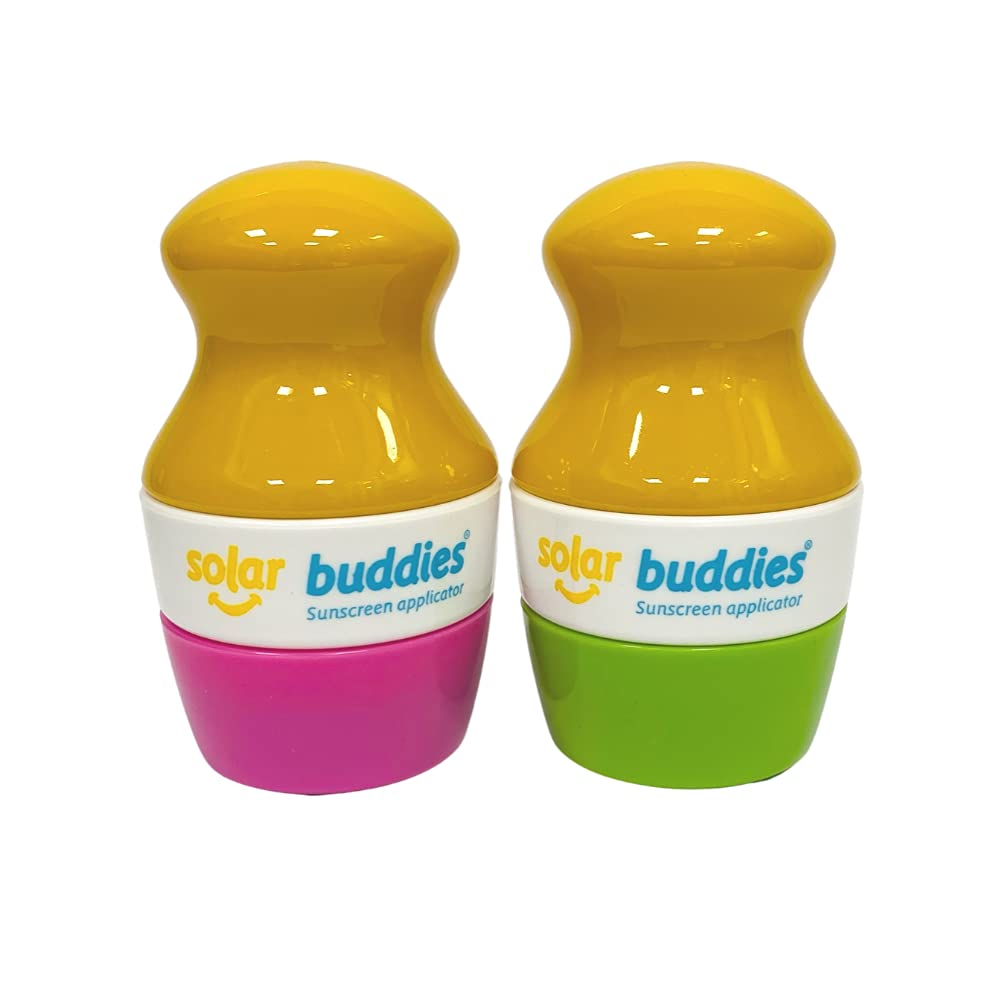Water activity requires special considerations for Type 1 Diabetics. Water parks like Great Wolf Lodge, Legoland, Disney’s Typhoon Lagoon, Knott’s Soak City, etc. are all manageable with preparation and thoughtful actions while at the parks.
Research / Supplies / BGs / Hot Tubs / Sunscreen
This post may contain affiliate links. Please see the affiliate disclosure for more details.
Research
Water parks typically have procedures for guests with special needs. Research the water park’s website or call to get information about how the park supports Type 1 Diabetics. It is helpful to know the park’s requirements before arriving (i.e., clear bag for supplies or sizing requirements for coolers). On each park’s website, look for Accessibility or Special Need Guests options.
T1D Supply Bag
Bring your daily diabetic supply bag including glucagon, Gvoke and/or BAQSIMI into the water park. Keeping the daily diabetic bag secure, accessible and at the right temperature are the main considerations.
- Keeping Supplies Secure
- First Aid or Life Guard Station – inquire if the water park will hold your diabetic supplies (including a disconnected insulin pump) at the First Aid Station. Most water parks have accommodations for special need guests and will securely store your supplies for free.
- Seats – choose a seat where you can see from all angles. Your seat location is not only helpful for locating/seeing your kiddos throughout the day but also for keeping an eye on your personal belongings. Our family typically has one family member that stays at the seat to keep supplies and belongings safe and to create a “home base” (a meeting spot where the kids know they can always find a parent). We will trade-off through out the day who sits at home base to give each parent a break.
- Visibility – keep supplies tucked away and not out in the open.
- Tags – consider adding a tracking device to your supply bag, phones and/or personal items. AirTag and Tile are popular brands of tracking device tags.
- Lockers – if available, lockers can help keep your supplies secure.
- Waterproof Phone Bag – Lots of cell phone users (not just diabetics) keep their phone around their neck in a water tight pouch while at a water park. Consider a separate phone bags for Continuous Glucose Monitors receiver/phone and the pump controller/PDM.
- Dry Bag – keep your supplies tucked away in a water tight bag.
- Keeping Supplies Accessible
- Lockers – rent a locker inside the water park to keep your supply bag safe. Lockers are great option if unlimited access is available throughout the day.
- Bag with A Cooler – if you feel safe keeping your supplies at your seat, consider a beach bag with a cooler. The cooler in the bag helps keep the supplies dry and separate from other personal items.
- Rent a Cabana – the trend of renting a cabana is available at most water parks. It is an expensive option but it might be a good solution for keeping supplies accessible, visible and secure.
- Keeping Supplies at the Right Temperature
- Lockers – lockers can get hot (typically a metal box that heats up in both indoor and outdoor water parks). Keep supplies cool with ice packs or look for lockers in the shade.
- Frio Wallet – a Frio Wallet will help keep insulin vials and pens cool and does not require a fridge/freezer to activate.
- Insulated Bottle – add ice to insulated bottle, wrap your insulin pen/vial in a paper towel or Frio bag (adds insulation so the insulin is not directly in freezing water if the ice melts), place the wrapped insulin pen/vial in sandwich bag and secure with the bottle’s lid. A coffee travel mug works well because of the wide mouth design (any insulted water bottle works though).
Blood Glucose (BG) Levels
Every Type 1 Diabetic’s blood glucose levels respond differently while at indoor and outdoor water parks. Variables that can effect blood sugar include water, water temperature, swimming, exercise, heat, excitement, adrenaline, etc. Be prepared for hypoglycemic (low), hyperglycemic (high) or blood sugars that stay in-range. Make adjustments to basal or I:C ratios based on the individual’s body and how it responds to exercise/water/heat.
- Checking BG Levels
- My kiddo wears Dexcom for a Continuous Glucose Monitor (CGM) and prefers to not carry his phone/receiver at a water park.
- A parent will typically wears the phone in a water proof case in hopes of getting a connection while waiting in line together. We never go more than 45 minutes without a BG reading.
- If we are unable to get CGM data, we manually check BGs every 45 minutes at our seat. Time goes by fast when you are having fun, so I set a timer on my phone to remind me to test BG levels.
- Keeping Low Supplies Dry and Close
- Low Supply Carrying Options – Lines and stairs at water parks make it hard to get to low supplies. Keep a few supplies with you in a water proof case.
- For boys, swimming suits with zippered pockets can store low supplies.
- For girls, board shorts with pockets can store low supplies.
- Waterproof Fanny Pack – store a CGM receiver/phone and low supplies in a waterproof fanny pack.
- Low Supply Carrying Options – Lines and stairs at water parks make it hard to get to low supplies. Keep a few supplies with you in a water proof case.
Hot Tubs and Blood Glucose Levels
Being in hot water can cause insulin to be absorbed faster. For insulin pumps users other than OmniPod you will have to disconnect and store your pump. This can cause blood glucose levels to rise faster than expected due to not receiving basal insulin while in the hot tub.
Sunscreen
Keep your skin protected even indoor water parks. Sunburns can cause high blood glucose levels and ruin your fun. When applying sunscreen stay clear of medical device’s adhesive patches (sunscreen can make the adhesive malleable and device will just slide off) and OmniPod insulin pumps (sunscreen causes pods to crack/leak).
